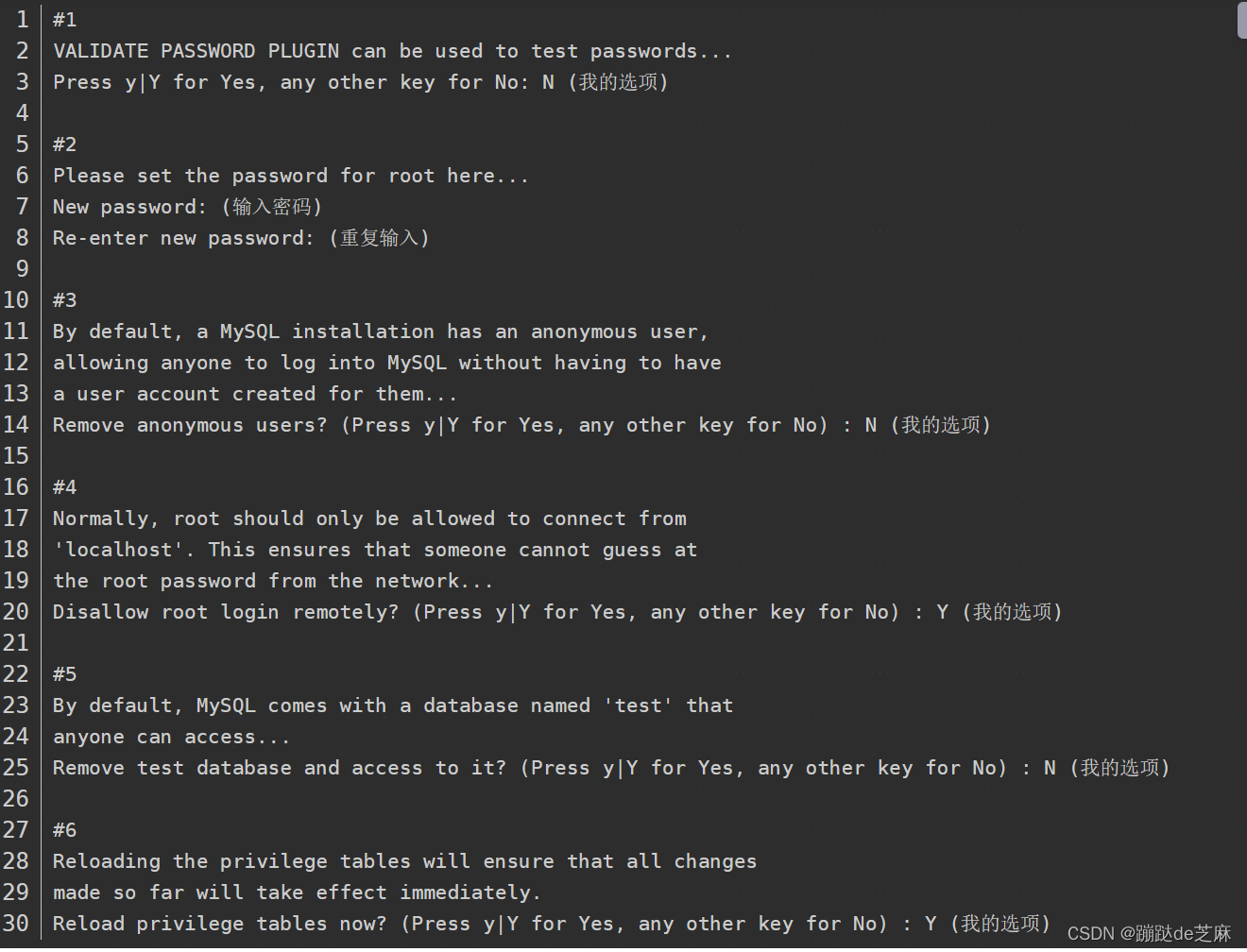What is an Advanced Persistent Threat?
An advanced persistent threat (APT) is a sophisticated, sustained cyberattack in which an intruder establishes an undetected presence in a network in order to steal sensitive data over a prolonged period of time. An APT attack is carefully planned and designed to infiltrate a specific organization, evade existing security measures and fly under the radar.
Executing an APT attack requires a higher degree of customization and sophistication than a traditional attack. Adversaries are typically well-funded, experienced teams of cybercriminals that target high-value organizations. They’ve spent significant time and resources researching and identifying vulnerabilities within the organization.
The goals of APTs fall into four general categories:
What are the 3 Stages of an APT Attack?
To prevent, detect and resolve an APT, you must recognize its characteristics. Most APTs follow the same basic life cycle of infiltrating a network, expanding access and achieving the goal of the attack, which is most commonly stealing data by extracting it from the network.
Stage 1: Infiltration
In the first phase, advanced persistent threats often gain access through social engineering techniques. One indication of an APT is a phishing email that selectively targets high-level individuals like senior executives or technology leaders, often using information obtained from other team members that have already been compromised. Email attacks that target specific individuals are called “spear-phishing.”
The email may seem to come from a team member and include references to an ongoing project. If several executives report being duped by a spear-phishing attack, start looking for other signs of an APT.





